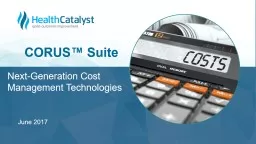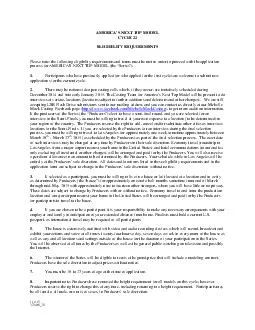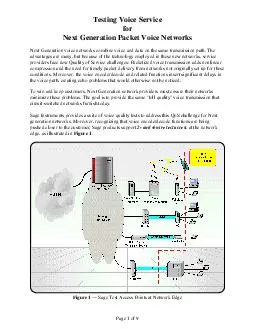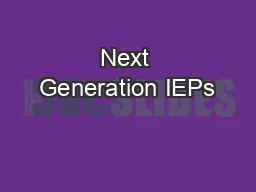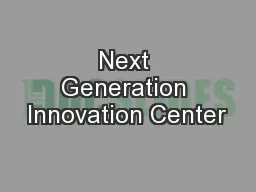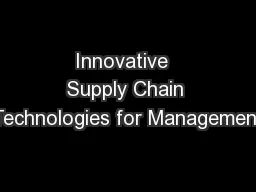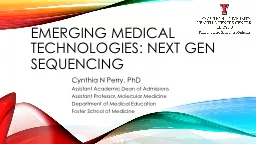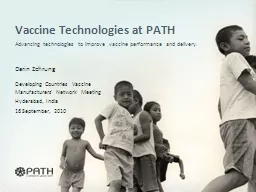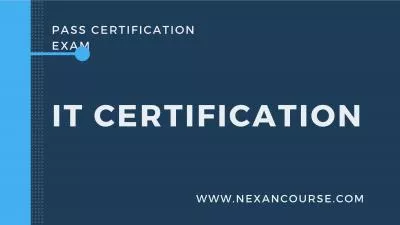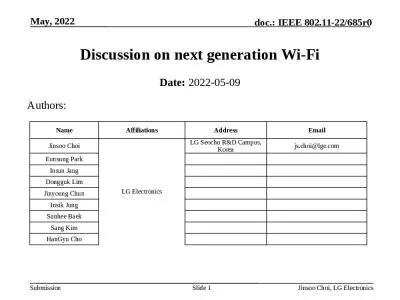PPT-Next-Generation Cost Management Technologies
Author : yoshiko-marsland | Published Date : 2018-09-17
CORUS Suite June 2017 Agenda Topic Topic Details Introduction Agenda review The Need for ActivityBased Costing Surviving in both feeforservice FFS and valuebased
Presentation Embed Code
Download Presentation
Download Presentation The PPT/PDF document "Next-Generation Cost Management Technolo..." is the property of its rightful owner. Permission is granted to download and print the materials on this website for personal, non-commercial use only, and to display it on your personal computer provided you do not modify the materials and that you retain all copyright notices contained in the materials. By downloading content from our website, you accept the terms of this agreement.
Next-Generation Cost Management Technologies: Transcript
Download Rules Of Document
"Next-Generation Cost Management Technologies"The content belongs to its owner. You may download and print it for personal use, without modification, and keep all copyright notices. By downloading, you agree to these terms.
Related Documents

